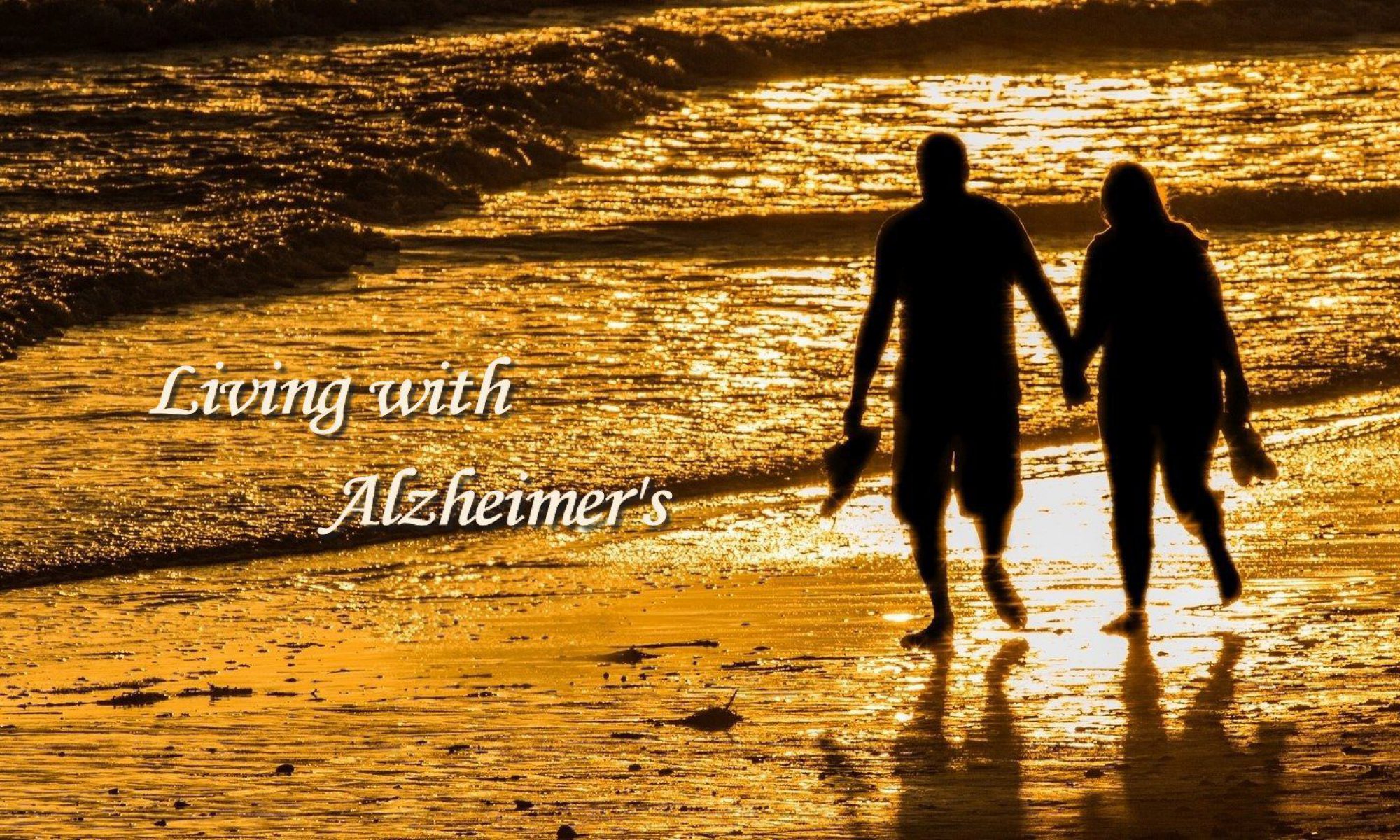It’s been a little over a week since Kate’s stroke. Although it was a mild one, it has made its presence felt. Clearly, she is making progress. The first four days she was asleep. Her doctor had told us to expect that. On Monday, she was awake almost all day with a few short rests in between. Between Friday and Monday, she was more alert and made a little effort to speak. Tuesday was more of a day of rest.
She has continued to eat and drink well, and she hasn’t lost her smile. Music also retains its appeal. She often moves her body (feet, hands, or head) to the rhythm. and attempts to mouth the words.
I contacted her doctor on Monday and asked when we might get her out of bed. He said to use our best judgment. He also indicated that getting her out of bed would be good for her. The next day we got her into her recliner for the afternoon. That went very well. She rested most of that time, but it was good to see her dressed and out of bed.
Yesterday was an especially good day. Our regular caregiver had a doctor’s appointment, so we had two different people come in, each for two hours. The first was very experienced, and we were able to get Kate up and dressed and in her recliner. The second one was a person who had been with us two times before. She has a special touch with her clients. She immediately pulled up a chair beside Kate’s recliner and started talking to her. I made a trip to the grocery store. When I returned, I was surprised to see she was still sitting by her, and they were actually having a conversation. Most of what Kate said was unintelligible, but the caregiver was able to converse anyway. It reminded me of the way she and I converse.
When our regular caregiver arrived to take her place, we decided it was time to try taking Kate to dinner in the dining room. We agreed that if we encountered any problem along the way, we would come back to the apartment. It turned out that wasn’t necessary. We had brief conversations with other residents as we entered and left the dining room as well as at our table during the meal. Everyone spoke to Kate, and she responded remarkably well.
Despite how well she is doing, I can’t help wondering about the long-term consequences. The stroke affected her right arm and leg. She also has a slight droop on the right side of her mouth that has an effect on her speech. Initially, her right arm was totally limp. She can now move her arm a little although she strongly favors her left. I am hopeful that she will continue to improve.
I am less optimistic about her speech. She was already experiencing aphasia as a result of her Alzheimer’s. The stroke itself has had its own impact. Although she sometimes says a few words very clearly, her speech is more garbled now. She also speaks far less than she did before the stroke.
What is most important to me is that the Kate I’ve always known shines through it all. On Saturday, I was sitting up in bed beside her while we played music videos on YouTube. She was moving her head to the music of an Irish instrumental group. I leaned over and told her I loved her. Then I said, “You’re the greatest. You’re my Kate.” She smiled and said, “Yes, I am.” After five days with little attempt at speaking, those were three beautiful words to me.
About seven o’clock on Valentine’s morning, I noticed her eyes were open. I walked to her bedside and took her hand. She pulled my hand to her lips and kissed it. Yesterday afternoon, I told her I loved her and said, “I’d like to give you a kiss.” She puckered up, and I did.
Regardless of what happens in the days ahead, I think, “Our Love is Here to Stay.”





